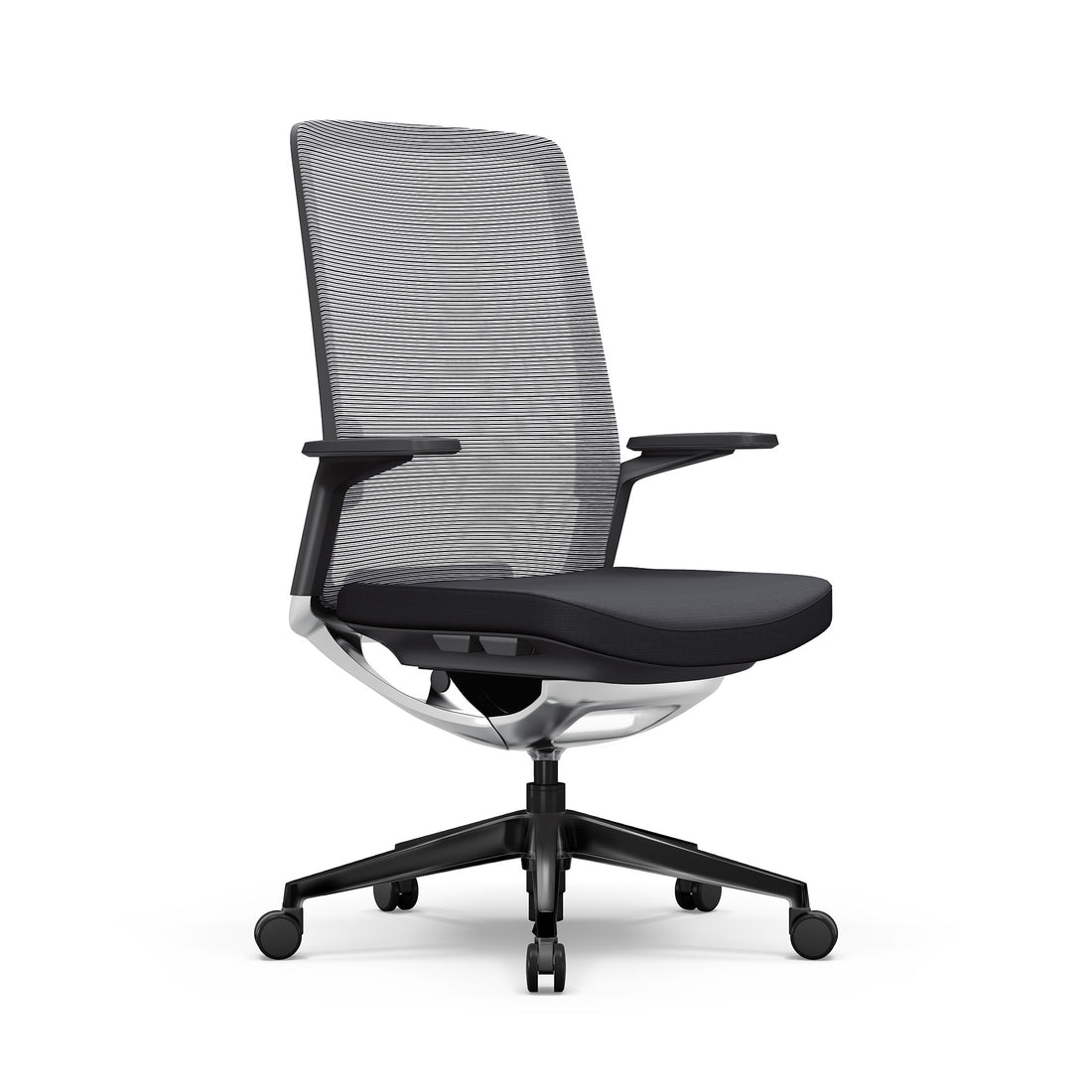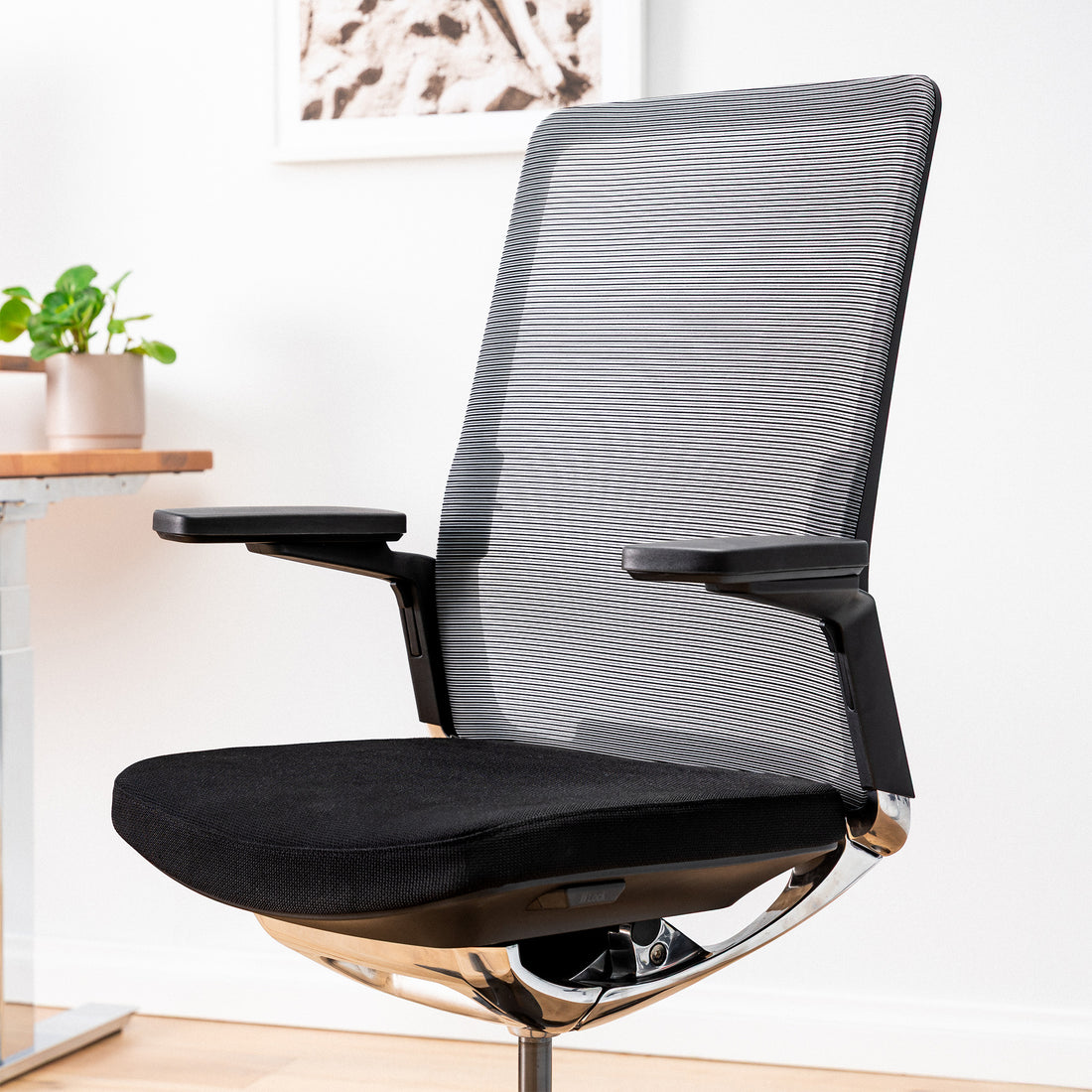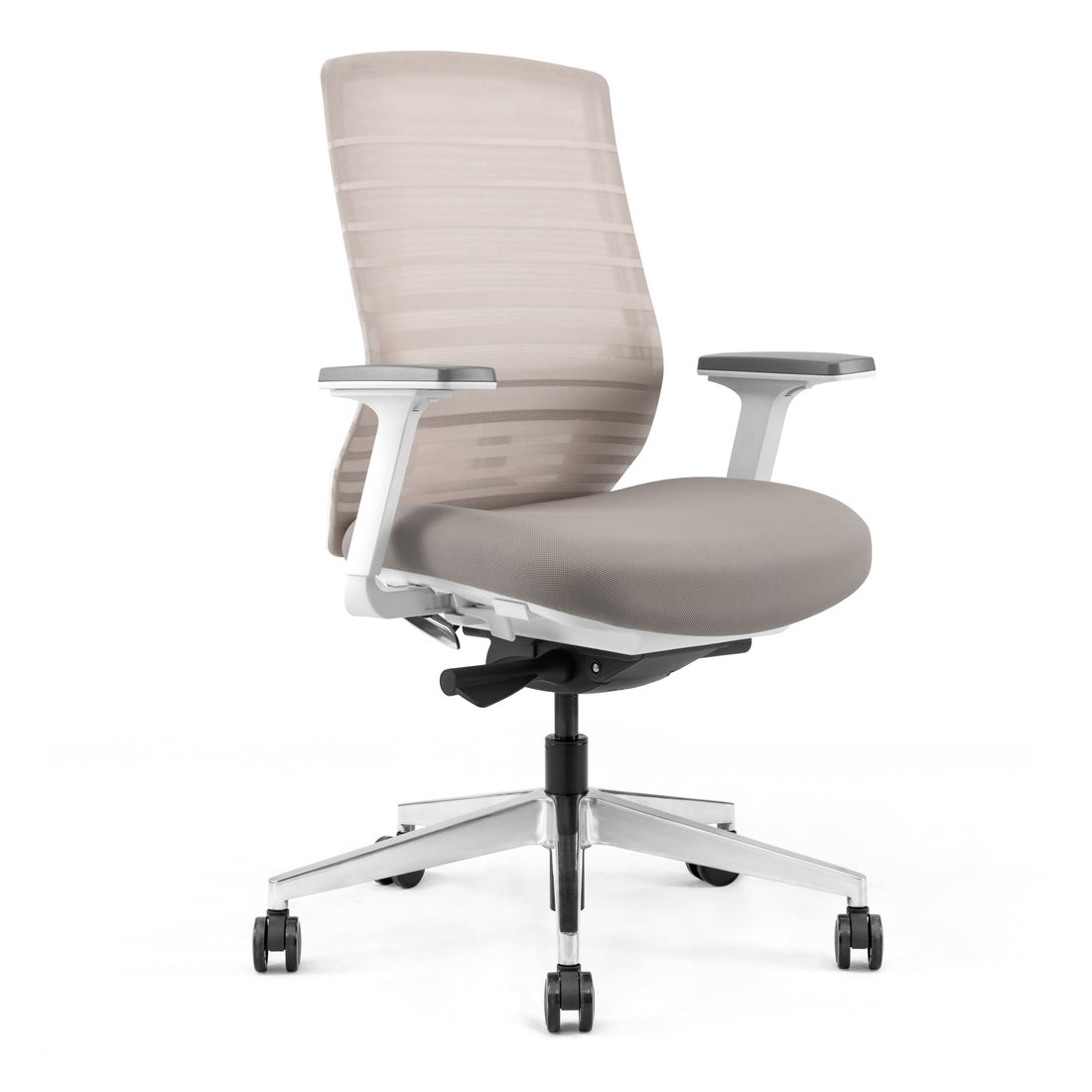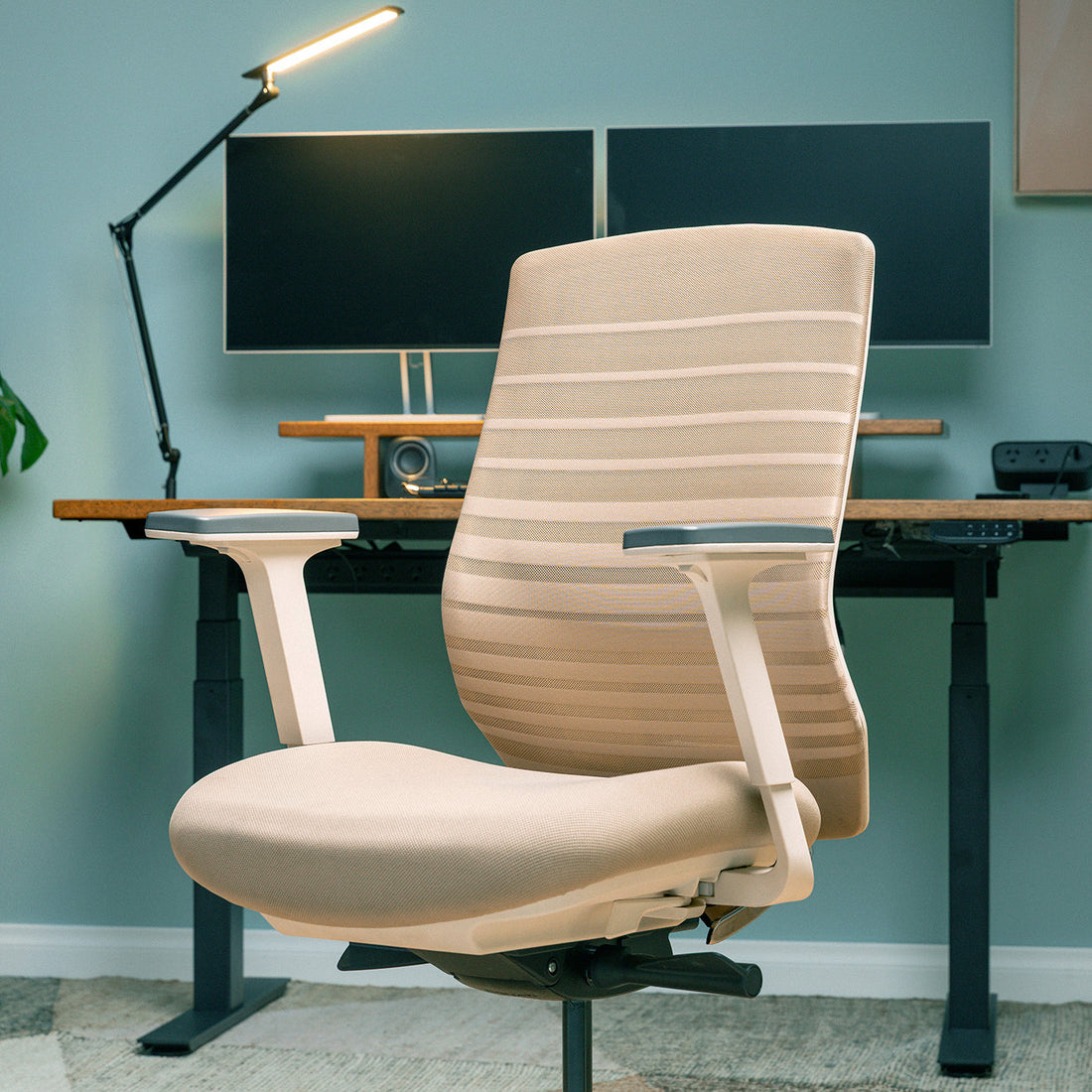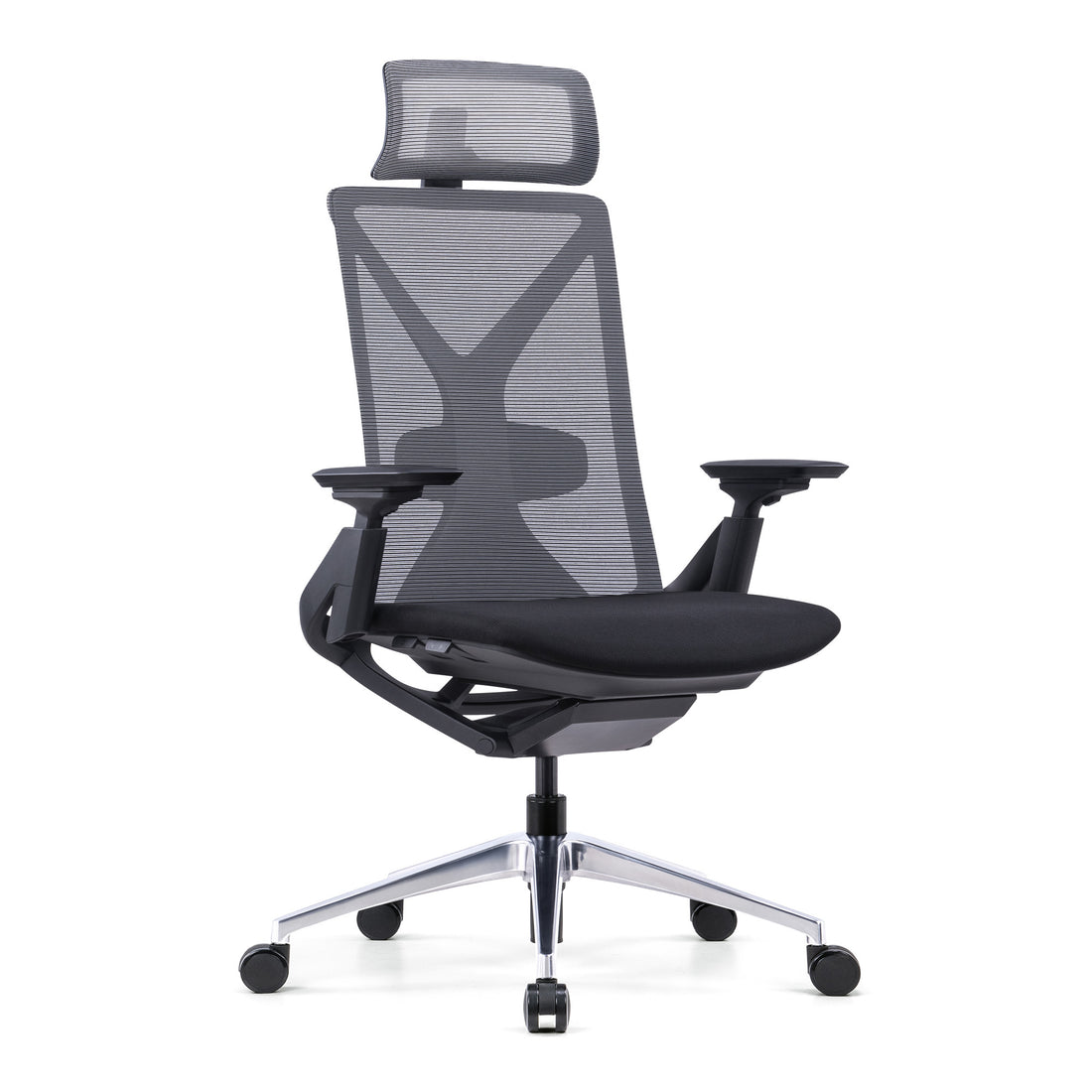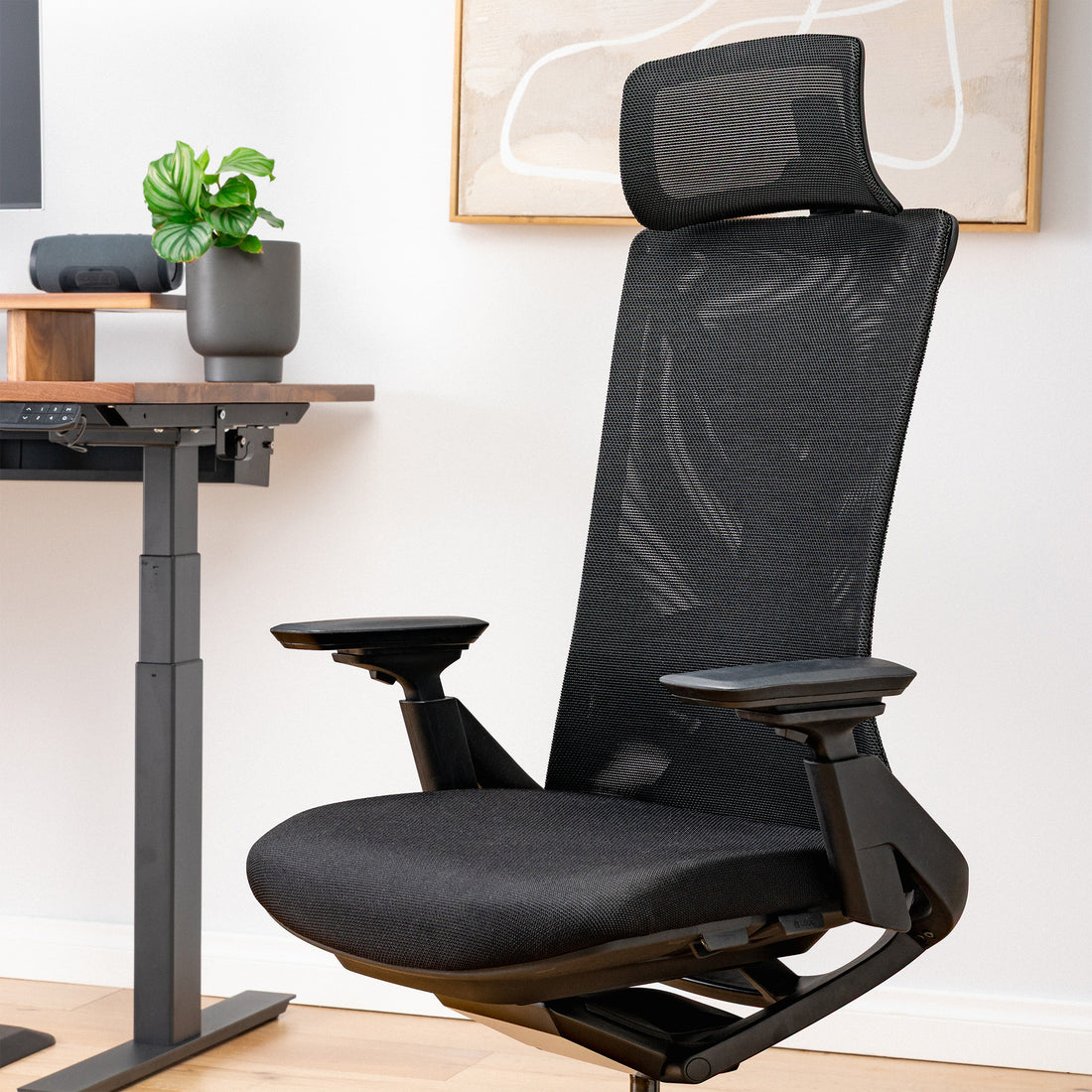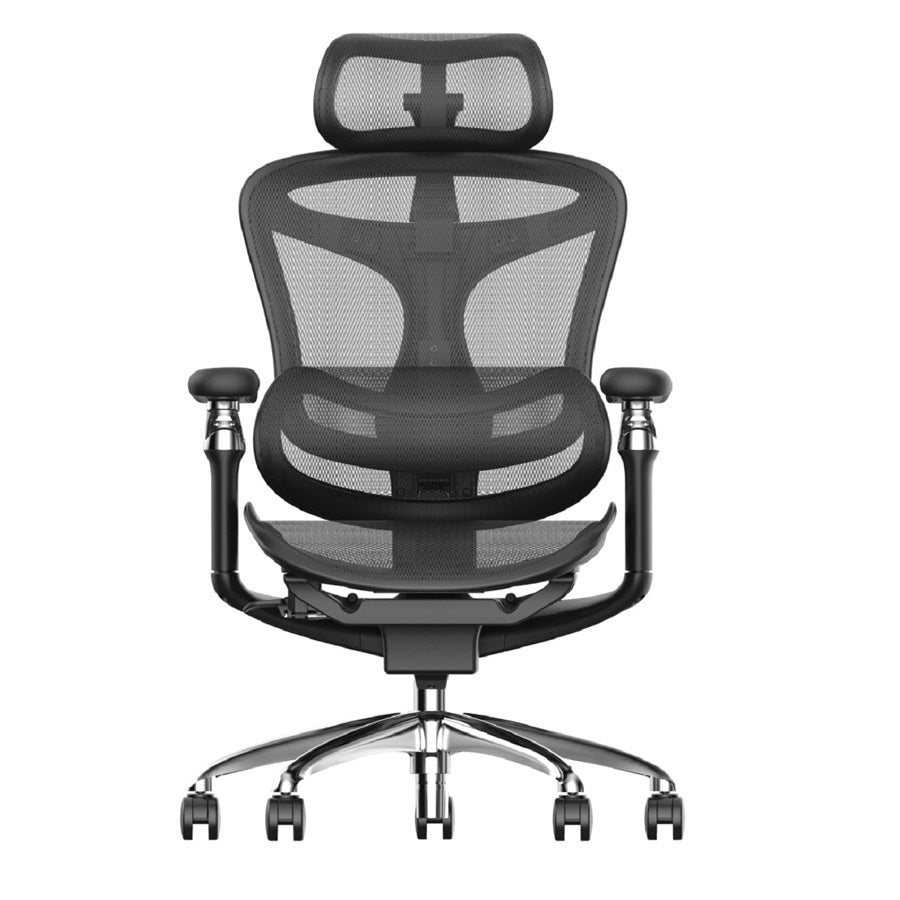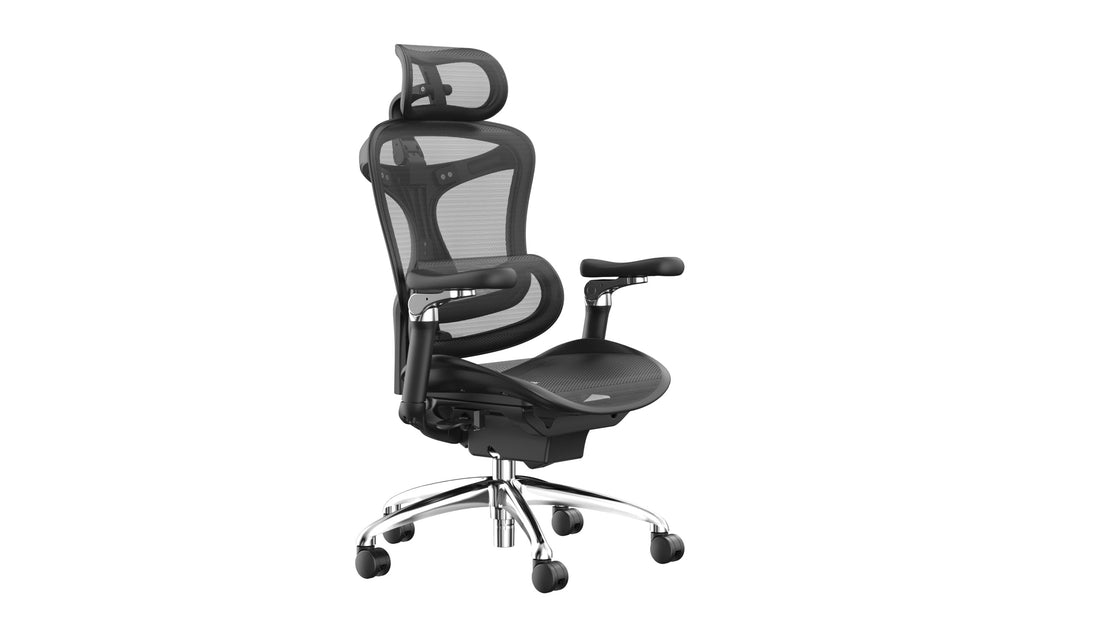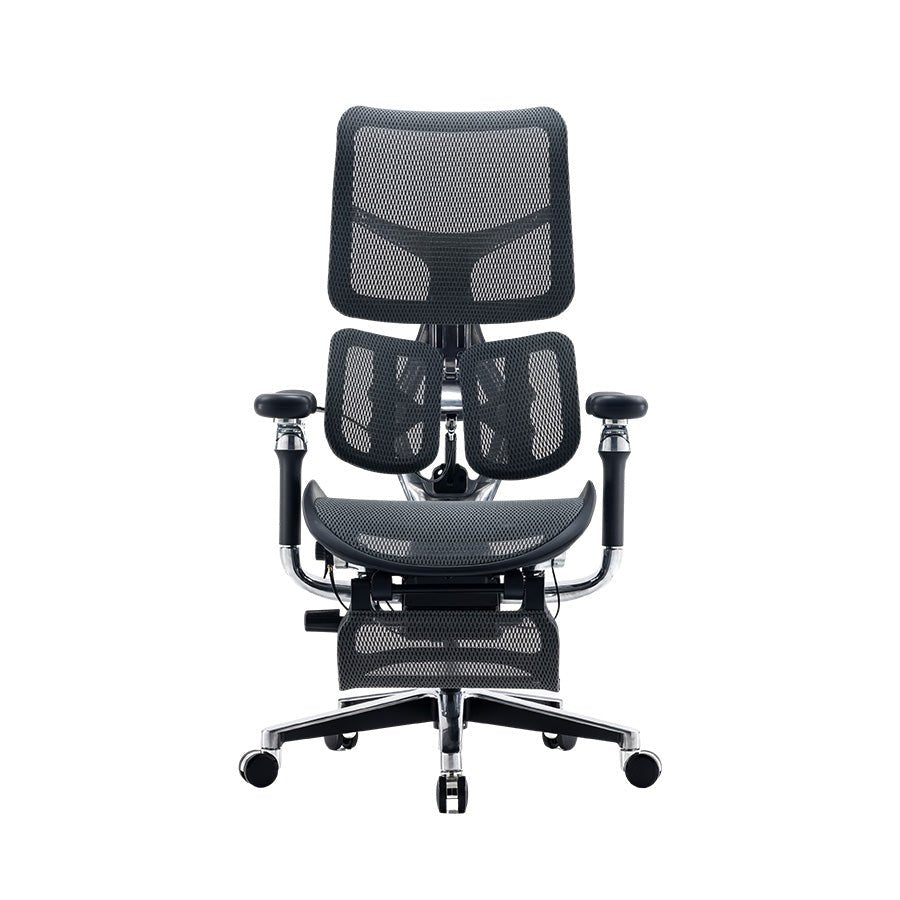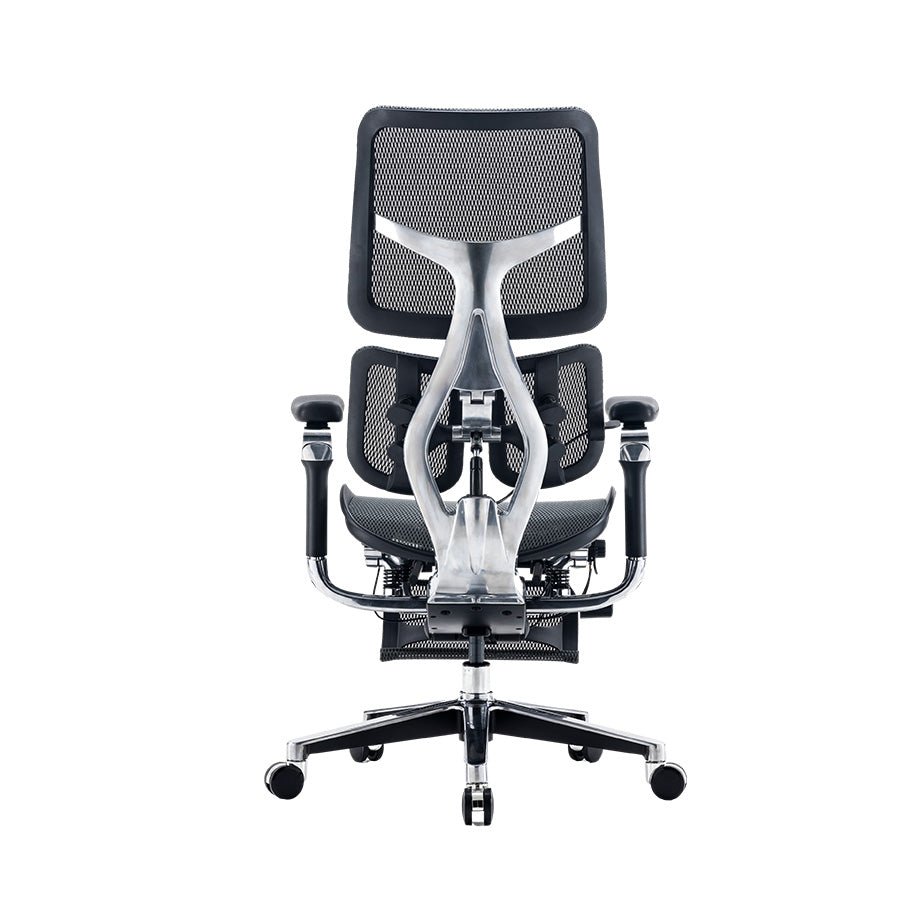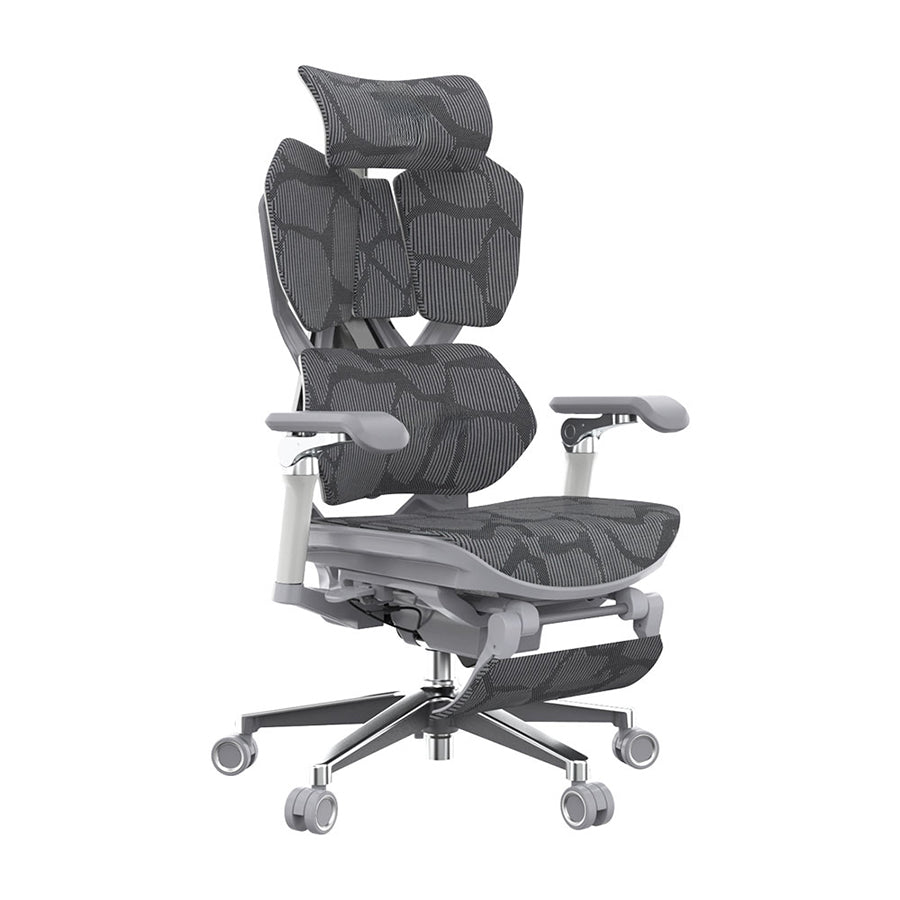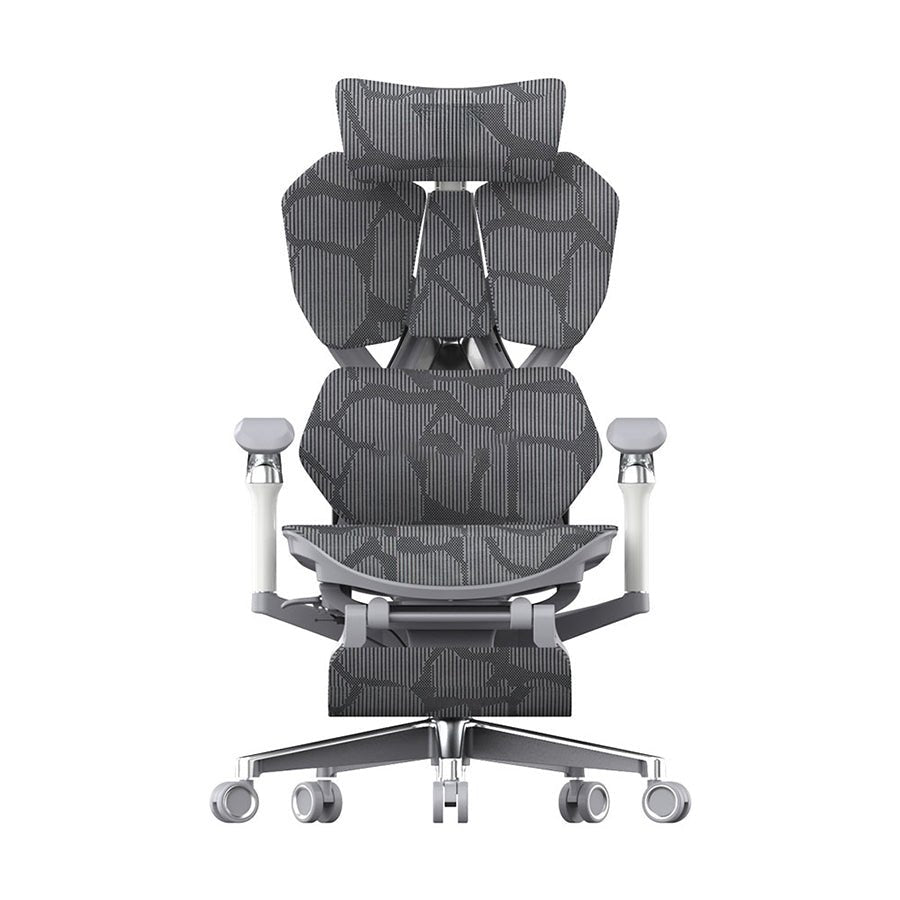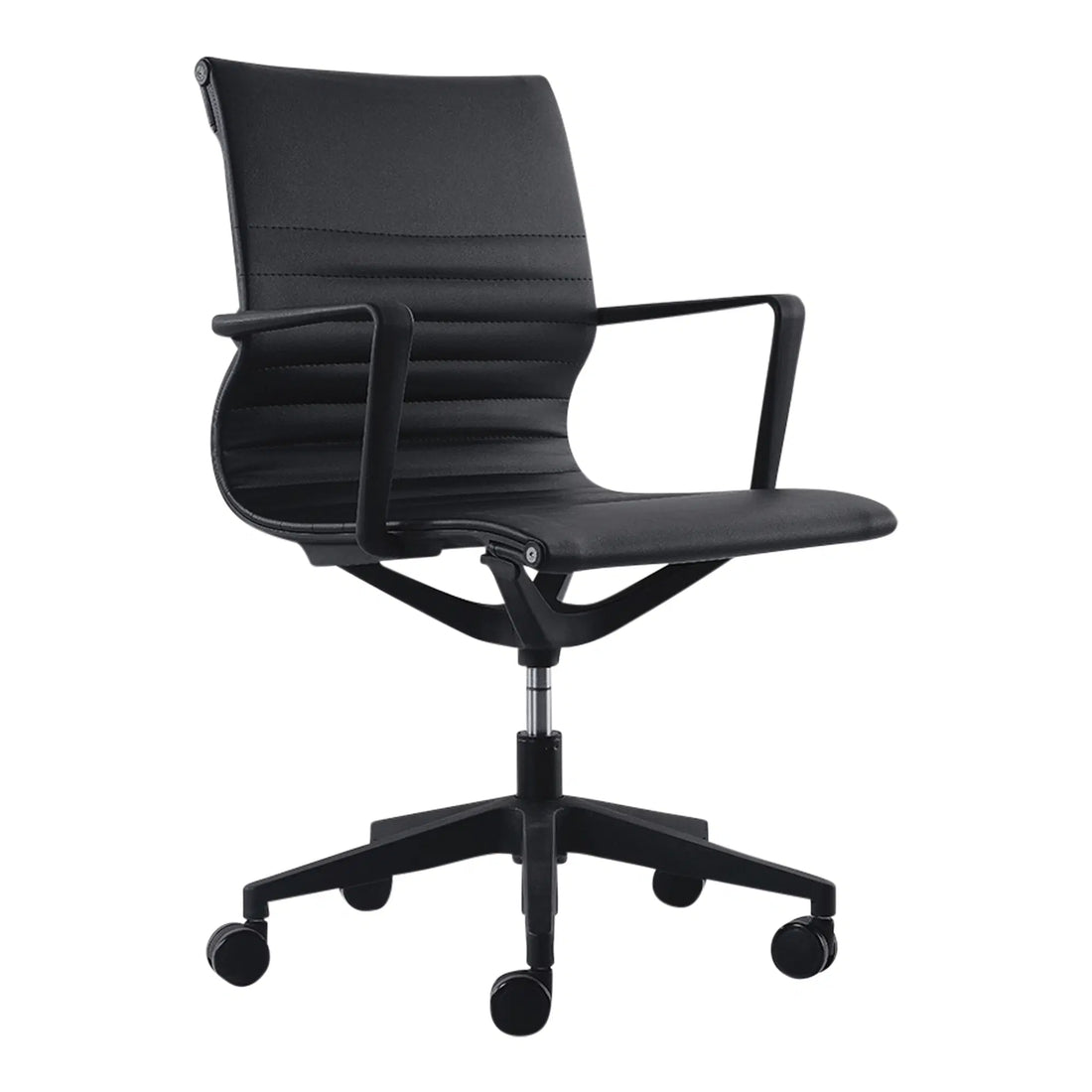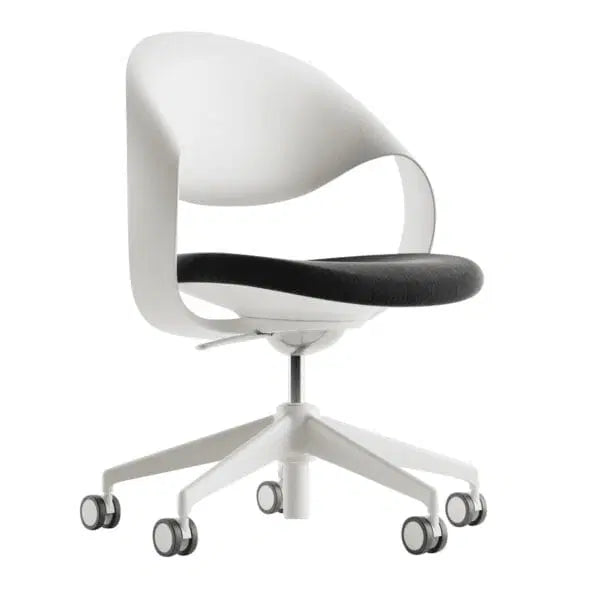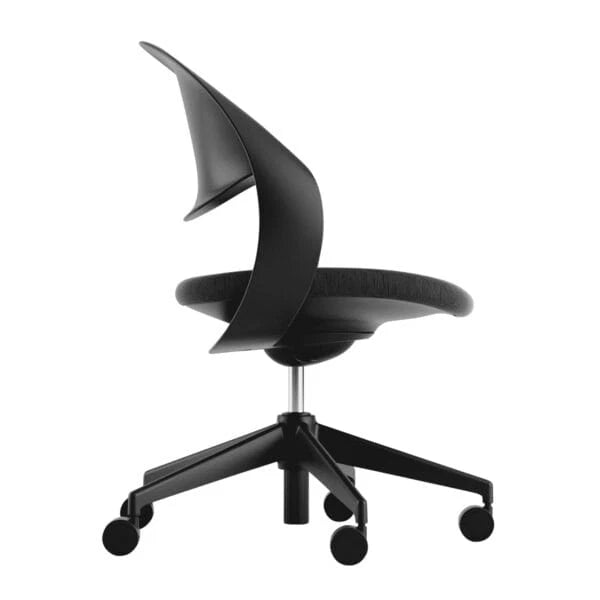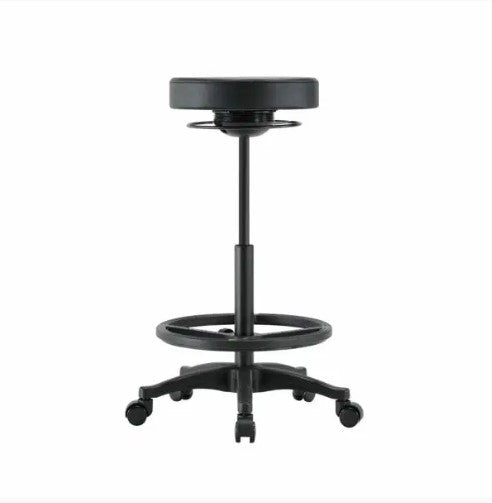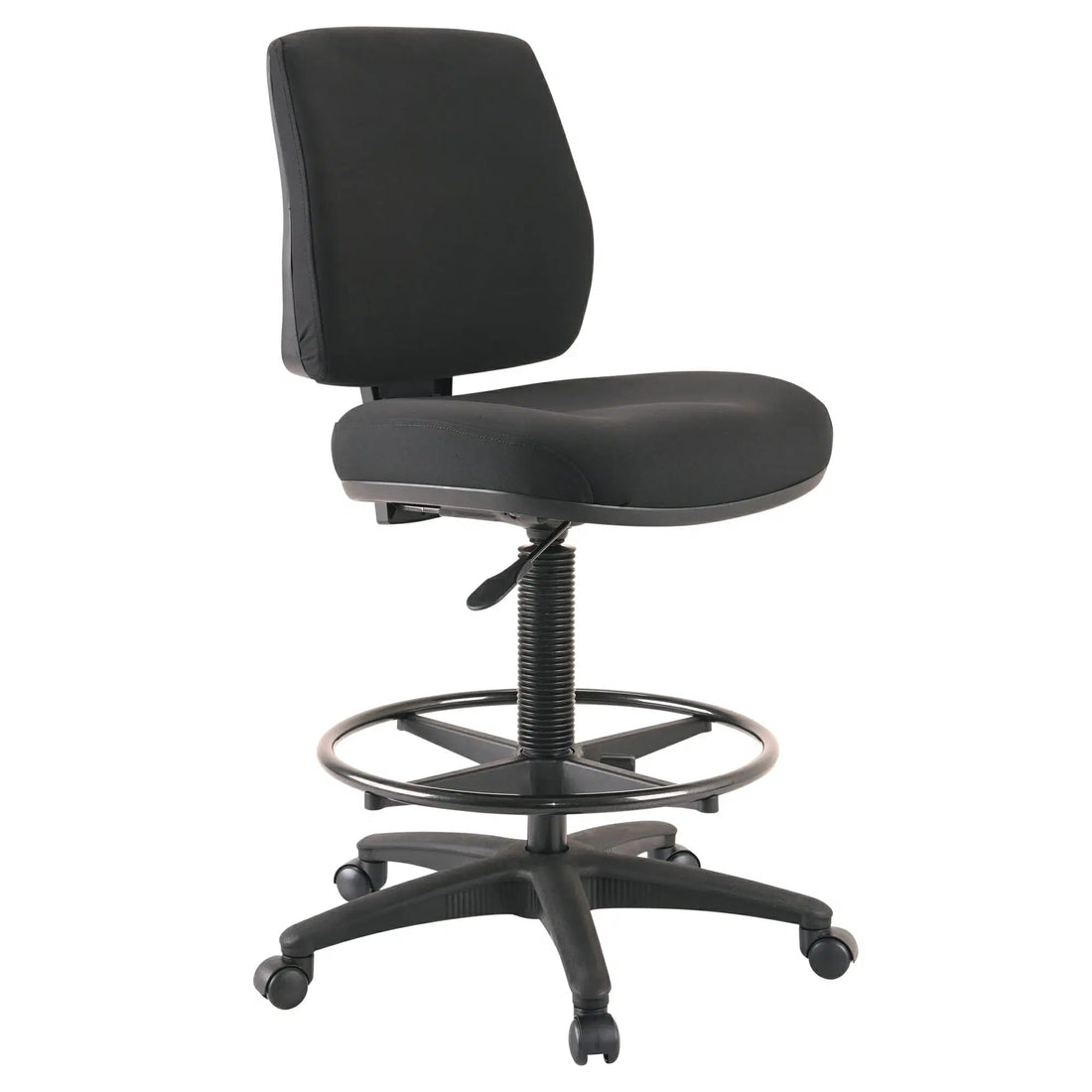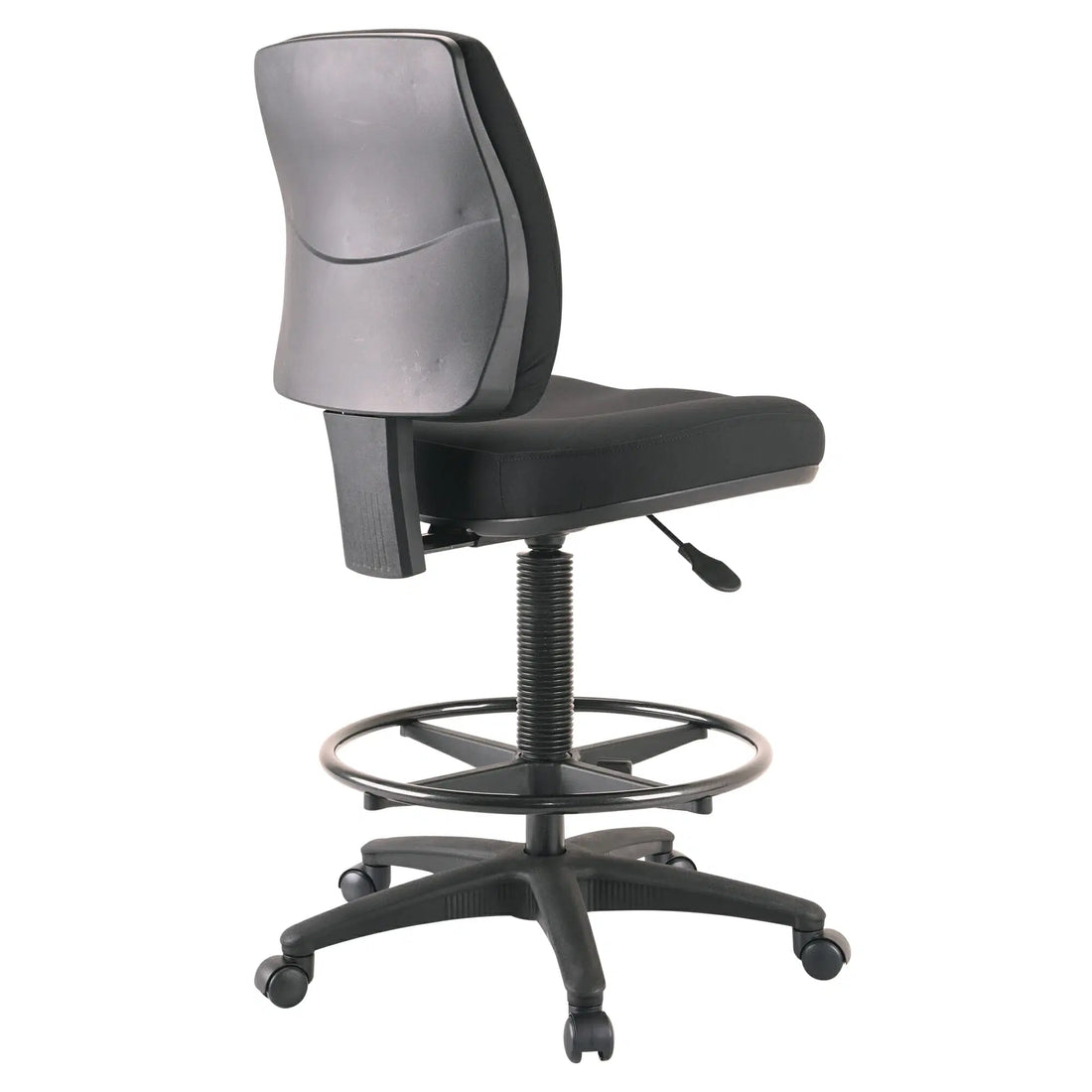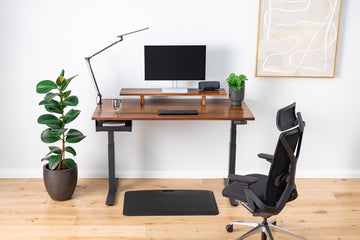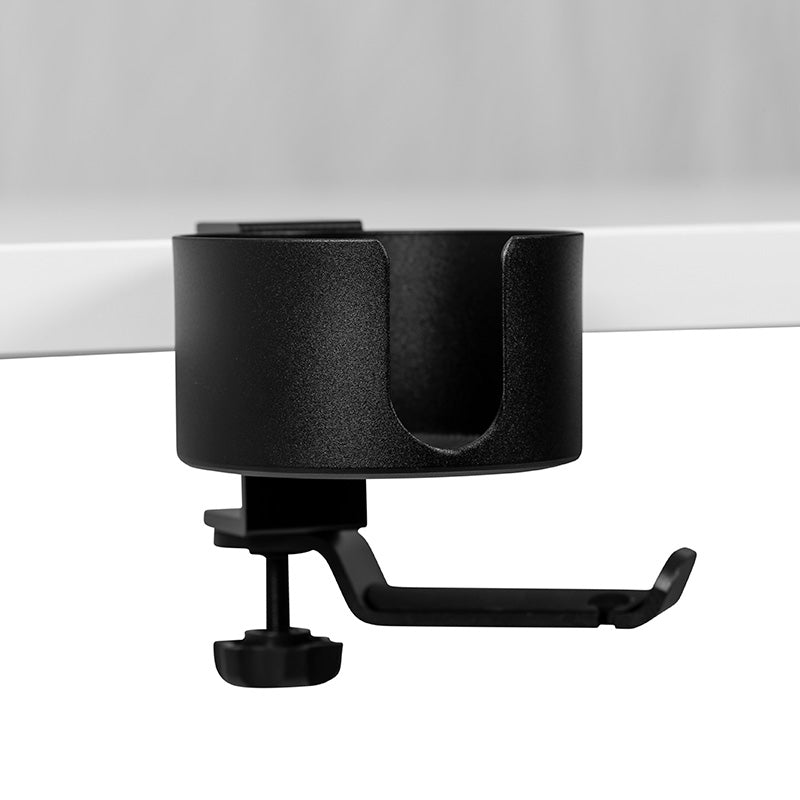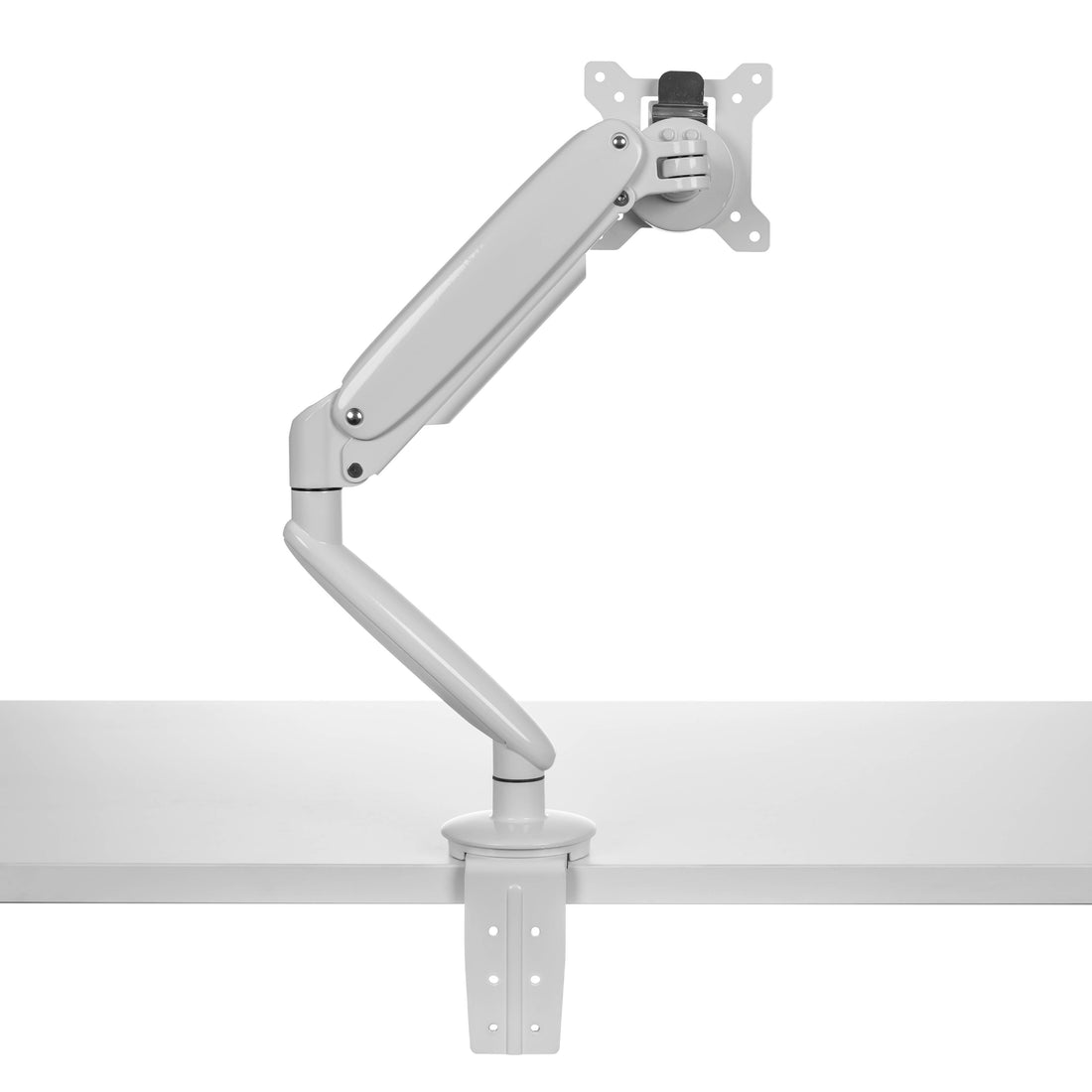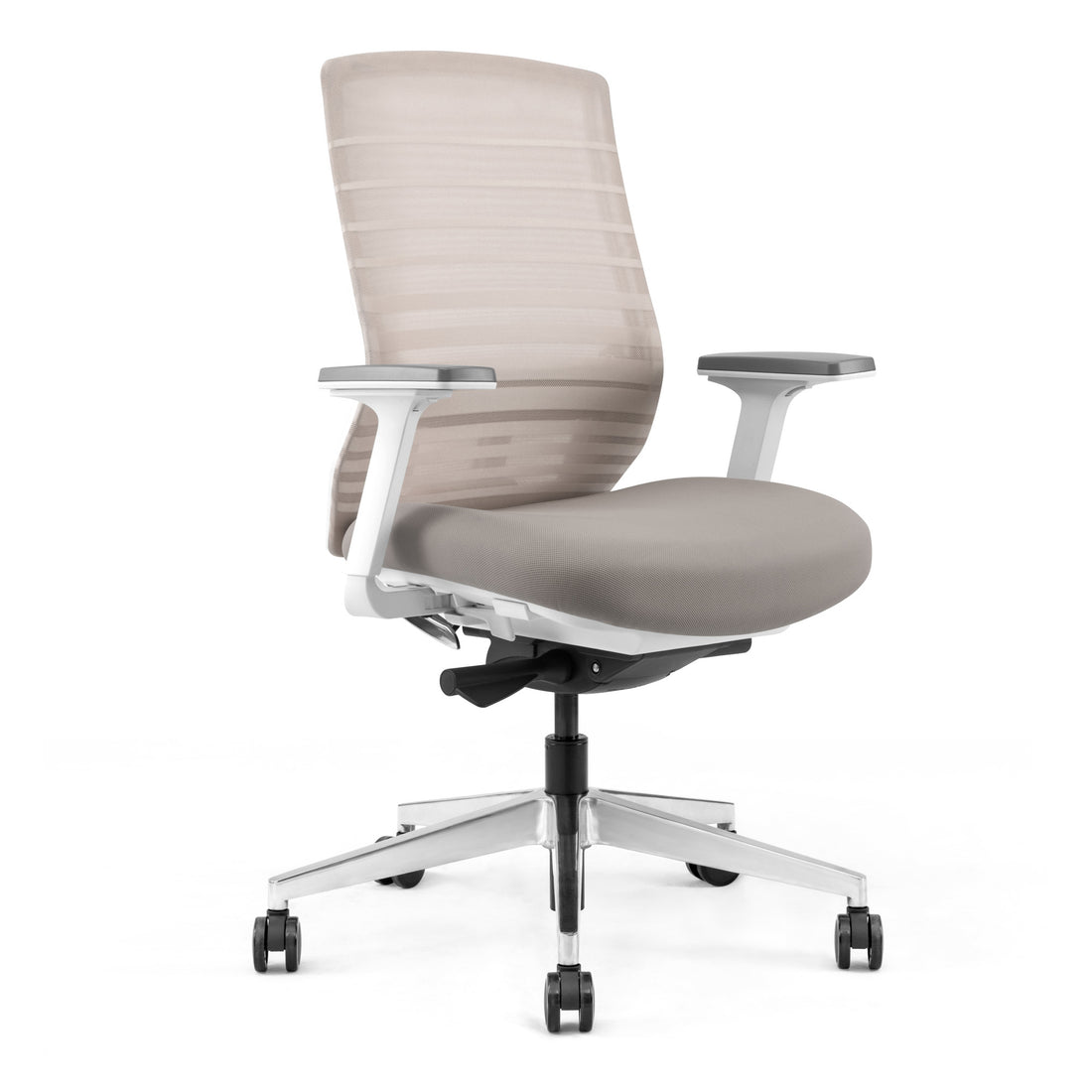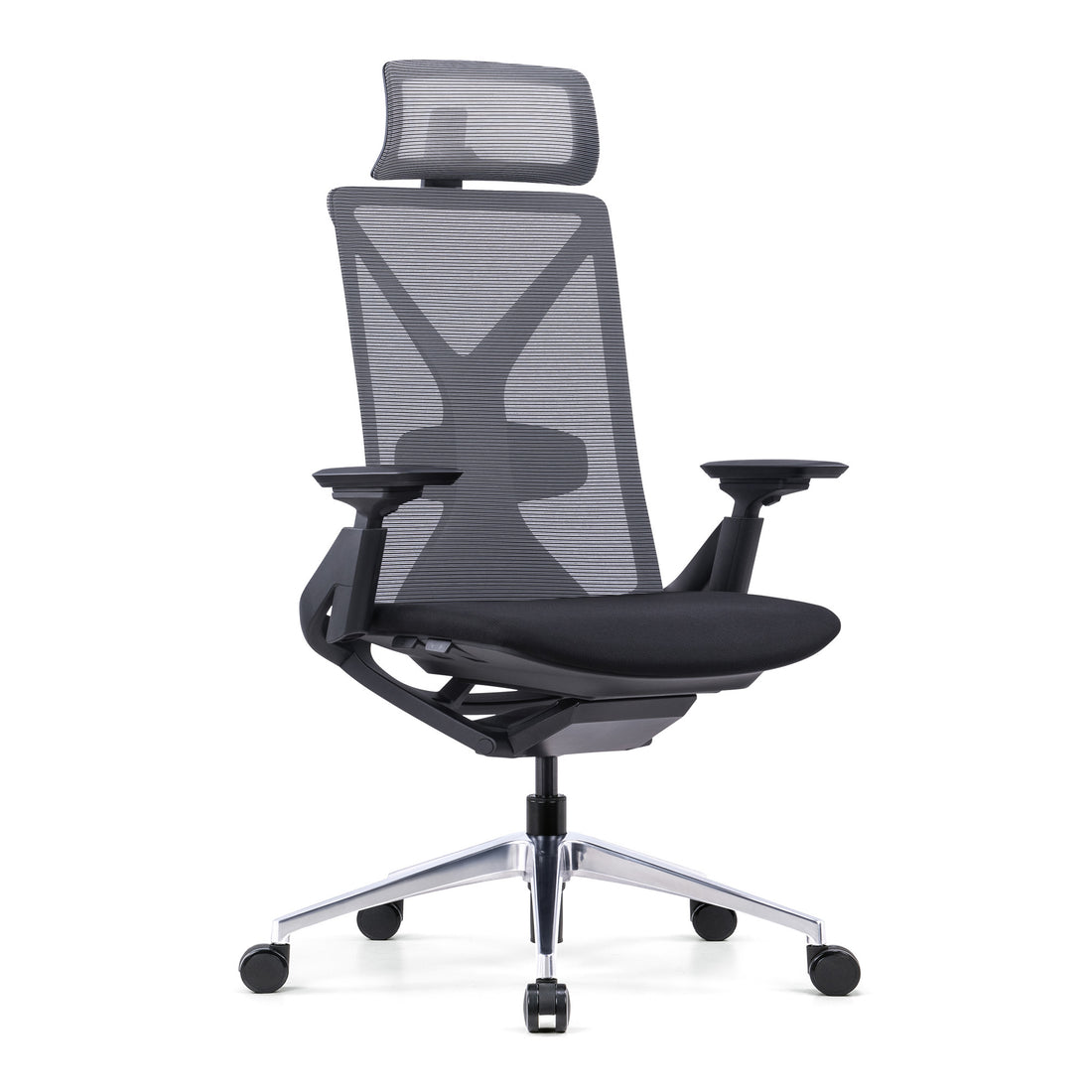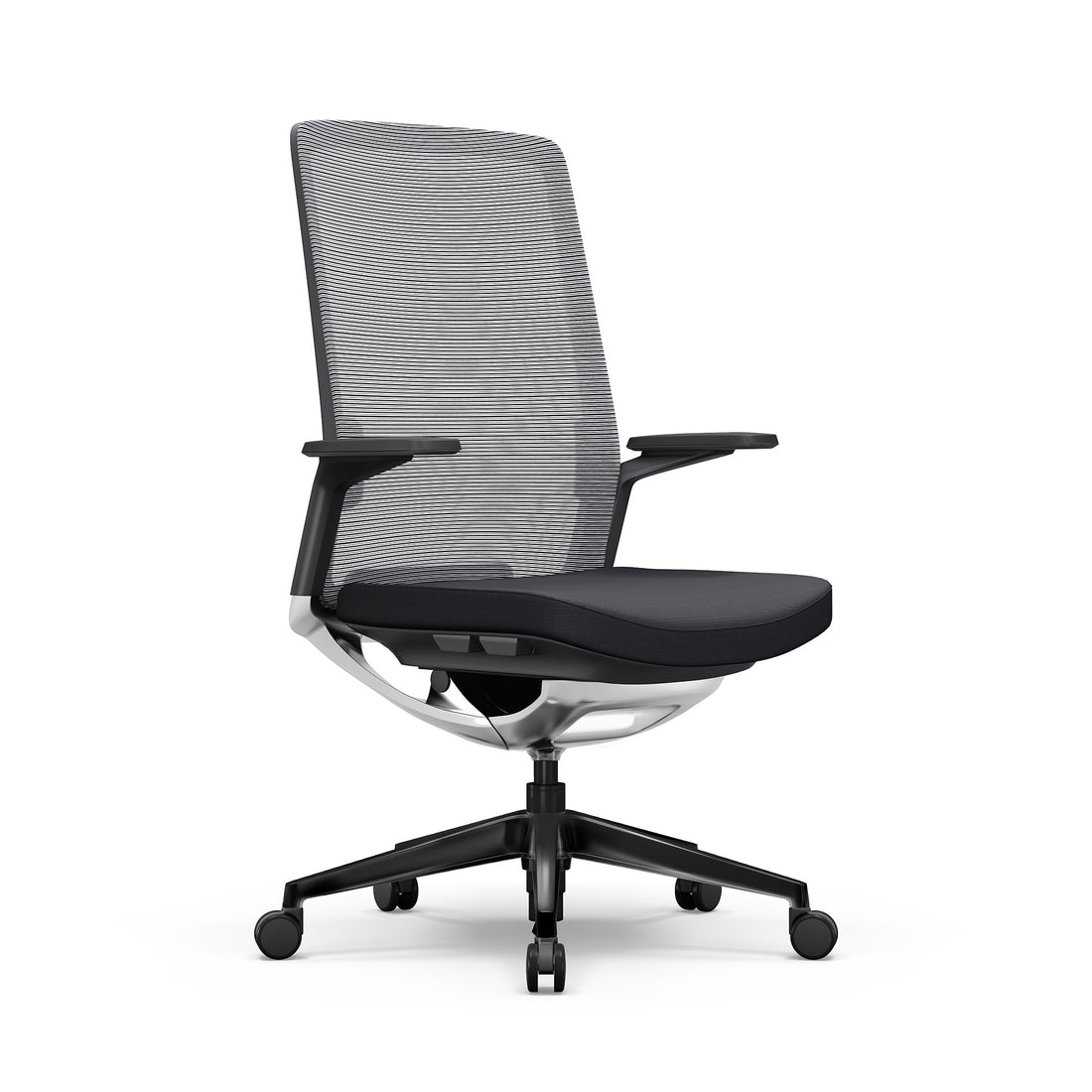Ergonomic Chairs
Discover our selection of ergonomic seating designed to enhance your comfort. Say goodbye to back pain as you indulge in the luxurious comfort of a brand-new ergonomic chair.

- Featured
- Best selling
- Alphabetically, A-Z
- Alphabetically, Z-A
- Price, low to high
- Price, high to low
- Date, old to new
- Date, new to old
Choose your chair
UpDown Task
UpDown Ergo Pro
UpDown Ergo ProFlex
UpDown Ergo Rise
35,000+ Happy Customers Across Australia
Ergonomic chair adjustment tips
Ergonomics is the science of designing and arranging workspaces, tools, and systems to suit the people who use them. This approach aims to optimize productivity, comfort, and health while reducing the risk of musculoskeletal disorders and injuries.
Here's a breakdown of ergonomic adjustments for a chair:
1. Chair Height: Adjust the chair height so that your feet rest comfortably flat on the floor, with your knees bent at approximately a 90-degree angle.
2. Backrest: Sit with your back against the backrest to support your spine. Adjust the seat depth to ensure there's about an inch of space between the back of your knees and the front edge of the seat cushion, alleviating pressure on the back of your legs.
3. Armrests: Adjust the armrests so that they're at the height of your elbows when your forearms are at a 90-degree angle. This helps reduce strain on your shoulders and arms.
4. Recline and Tilt Tension: Set the recline and tilt tension of the chair to relieve some load on your lower back. A recline angle of around 110 degrees is often comfortable for tasks involving a mouse and keyboard.
5. Lumbar Support: If your chair has adjustable lumbar support, position it to fit the natural curvature of your lower back. This provides additional support and helps maintain proper spinal alignment.
6. Headrest (if available): Adjust the headrest to support your head and neck without pushing them forward or downward. Proper alignment can help prevent neck strain.
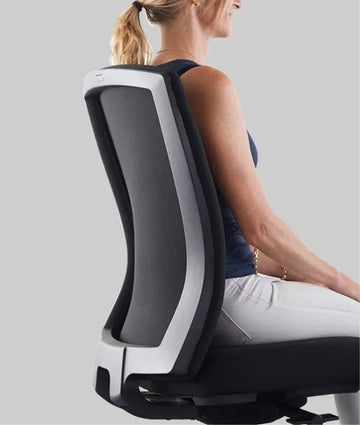
FAQ
What Is an Ergonomic Chair?
An ergonomic chair is designed to support posture, reduce strain, and promote comfort during extended periods of sitting. It’s adjustable to fit different body types and sitting positions.
Why Is It Called an Ergonomic Chair?
It’s called an ergonomic chair because it’s crafted to align with ergonomic principles. It enhances comfort, posture, and health through features that adjust to the user’s body and work environment.
What Makes a Chair Ergonomic?
Adjustable seat height, lumbar support, reclining backrest, armrests, and a supportive seat cushion make a chair ergonomic, promoting comfort and reducing physical strain during prolonged sitting.
How to Choose the Right Ergonomic Chair?
Consider how you are going to use the chair e.g. for meetings, an all-day office chair or for consulations with clients. Select a chair with features that match your intended use. Ensure the chair suits your body size and work habits and provides comfort and support throughout the day. The chair should also support a neutral spine and permit your knees to be at a 90-degree angle.
What features should I look for in an ergonomic office chair?
When looking for an ergonomic chair, consider features such as adjustable seat height, lumbar support, armrests and seat depth. These adjustable features allow you to customise the chair to your body and working preferences, promoting proper posture and reducing strain. Other features to consider include breathable materials, swivel functionality and a stable base with castors for easy movement.
What Are the Rules for Ergonomic Chairs?
An ergonomic chair should support a neutral spine, allow feet to rest flat on the floor, and keep knees at a 90-degree angle. Adjustments should align the chair to the user’s body and work habits.
How do ergonomic office chairs differ from regular office chairs?
Our ergonomic desk chairs differ from regular office chairs in that they are specifically designed to prioritise comfort, support and user-friendly features. Ergonomic chairs also incorporate ergonomic principles into their design, considering factors like proper posture, lumbar support and breathable materials to enhance comfort and reduce the risk of musculoskeletal issues.
How to Set up Office Chair Ergonomic?
To maintain proper posture, adjust the chair’s height so feet are flat on the floor, ensure the backrest supports the lower back, and position the armrests for relaxed shoulders.
How to Adjust Ergonomic Chair?
Adjust the seat height so knees are at a 90-degree angle, position lumbar support at the lower back, and modify the backrest and armrests for comfort and posture alignment.
How to Disassemble Ergonomic Chair?
Refer to the Assembly and care instructions for each chair on our website.
Are your ergonomic office chairs suitable for individuals with back pain?
Yes, our ergonomic office chairs are designed to provide comfort and support, making them suitable for individuals with back pain.
Can Ergonomic Chair Correct Posture?
Yes, ergonomic chairs can help improve posture by supporting the natural curve of the spine, promoting a neutral sitting position that reduces slouching.
Do Ergonomic Chairs Make a Difference?
Yes, ergonomic chairs can significantly enhance comfort, reduce back pain, and improve posture, leading to better overall well-being and productivity during prolonged sitting.
Is It Worth Investing in an Ergonomic Chair?
Investing in an ergonomic chair is worthwhile. It provides superior support and comfort, promoting long-term health, reducing back pain, and enhancing productivity.
Do you offer a warranty on your ergonomic office chairs?
Our ergonomic chairs are carefully selected for quality and durability. These offer generous warranty periods. For example, our Buro Mentor Mesh Back Chair carries a 10-year warranty. The exact warranty period depends on the model of chair. Refer to the chair product description for more details. We strive to provide excellent customer service and support, and our team is available to assist you throughout the process, addressing any concerns or queries you may have.



